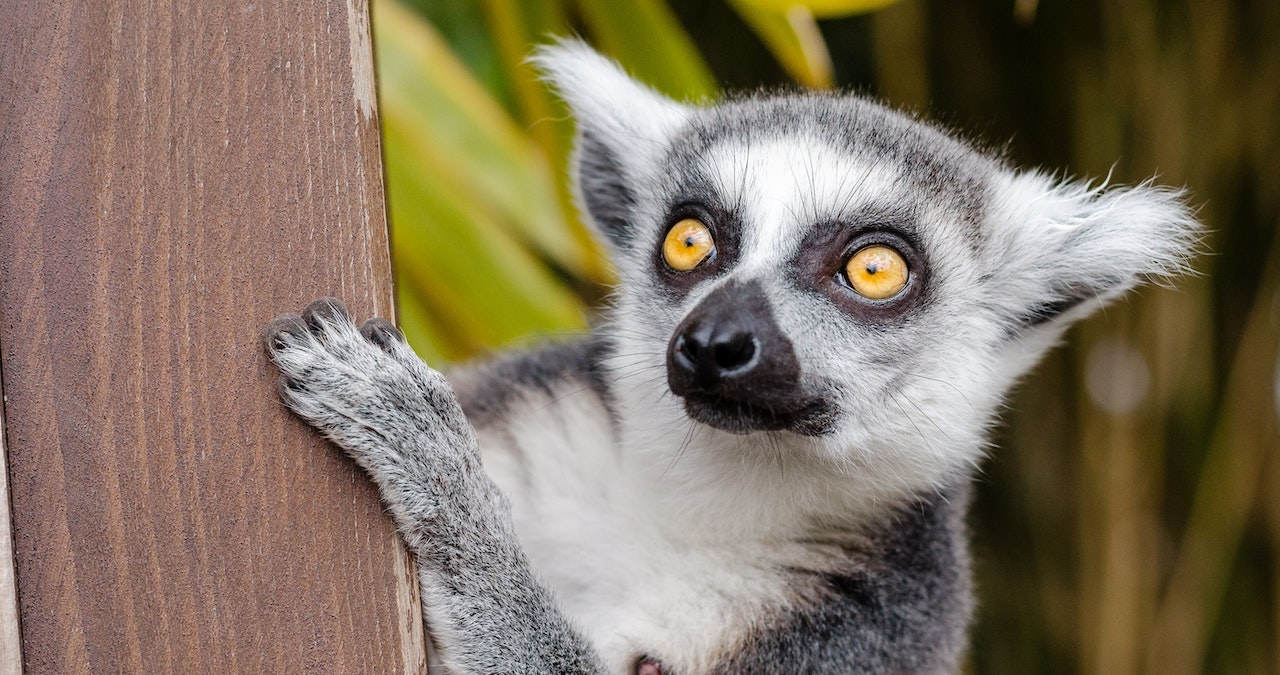jul13 2023 Using Hen Detection to Spot Birds throughout the Forest
There have been significant advancements in Photography that have made the process of Capturing Images much easier.
One area that has brought a lot of joy to many photographers in recent years is Bird detection.
Bird detection technology allows you to use your camera in a way that simplifies capturing that perfect bird photograph. It achieves this by leveraging AI databases to identify the shapes of birds. It further enables you to identify them by type, colors, and even helps you achieve sharp focus on their eyes with the right lighting settings. When combined with lightweight lenses, the OM SYSTEM proves to be an excellent choice for capturing birds in focus Detection

Why is the OM SYSTEM Recommended?
There are several reasons why we recommend the OM SYSTEM. Firstly, it offers a perfect combination of lightweight design and durability. OM SYSTEM ensures that all their cameras and lenses have IP-durability ratings, claiming weather resistance. Additionally, being a Micro 4 Thirds system, there are several benefits associated with it. At a given aperture, more of the subject will be in focus Compared to APS-C or full-frame Cameras. This means that shooting at f 4 on a Micro 4 Thirds camera is equivalent to shooting at f 8 on a full-frame camera. Consequently, you don’t have to stop down the lens as much, resulting in more light at a given depth of field. Detection

In practical daylight conditions, shooting at ISO 1600 will yield a shutter speed of 1 per 8000th of a second. This is a significant advantage, especially when utilizing bird detection to capture avian creatures in the wild.
Bird Detection Autofocus
Bird detection autofocus assists in locating and quickly photographing birds in their natural habitat. In the past, photographers would typically use the center focusing point, focus on the bird, and then shoot. Afterward, they would recompose, crop, and perform various post-processing techniques to finalize the image. However with bird detection technology, you can almost guarantee that you’ll Capture the shot. Here are a few pointers that we’ll discuss in detail shortly: Detection

- Using Simulated OVF on the OM SYSTEM OM-1 is ideal when utilizing bird detection autofocus.
- Cameras often face difficulties in detecting birds in forested areas with obstructing tree branches. This can pose additional challenges when photographing birds in the midst of summer.
- Modern cameras are quite Adept at detecting birds even when they are Camouflaged.
- The more lighting you have, and the better the light conditions on the bird, the easier it will be for the camera to detect and focus.
- Shoot at a fast shutter speed. We recommend using aperture priority mode combined with a high ISO of at least 1600. Since you’re shooting in RAW format, you’ll have more flexibility in post-processing.
- When photographing birds, aim for a minimum shutter speed of 1 per 2000th of a second. Birds move swiftly, and by the time you click the shutter, they may have Changed direction or flown away.
- The OM SYSTEM features a special function called Pro Capture Mode, which pre-records images while you’re autofocusing. When you’re ready to capture the perfect moment, simply press the shutter fully. It will save all the images you need.
- The OM SYSTEM OM-1 has received numerous firmware updates since its introduction, resulting in improved autofocus performance.
If you’re reading this, We assume you have a good Understanding of the nuances of Photography. So, let’s delve into how to make the most of bird detection autofocus.
The Role of Simulated OVF
One of the significant Advantages of mirrorless cameras is their Ability to Provide a preview of what the final image will look like. However, when it comes to bird Photography, this Preview is essentially thrown out the window. Due to the fleeting nature of bird moments, not many photographers capture birds in full manual mode, where the exposure preview setting is typically utilized. Instead, you’ll be using something called Simulated OVF, a setting that Olympus has incorporated into their cameras for years.

Here’s what you need to know about Simulated OVF:
- When using bird detection, Simulated OVF won’t provide a seamless preview of the exposure. Instead, it will simply display what’s in front of you, much like shooting with a DSLR.
- Simulated OVF minimizes the effects of motion blur on the screen, allowing you to focus solely on capturing bird images.
- Since the camera doesn’t need to show you the exposure preview, the processor works less, resulting in extended battery life and more time for utilizing bird detection during your wildlife photography outings.
- When combined with a fast readout speed, Simulated OVF can replicate real-life viewing experience digitally.

Personally, I prefer using yellow, as it stands out and is often easier to see than blue or green.
By following these guidelines and utilizing the OM SYSTEM’s capabilities, you’ll be well-equipped to capture stunning bird photographs using bird detection autofocus.





